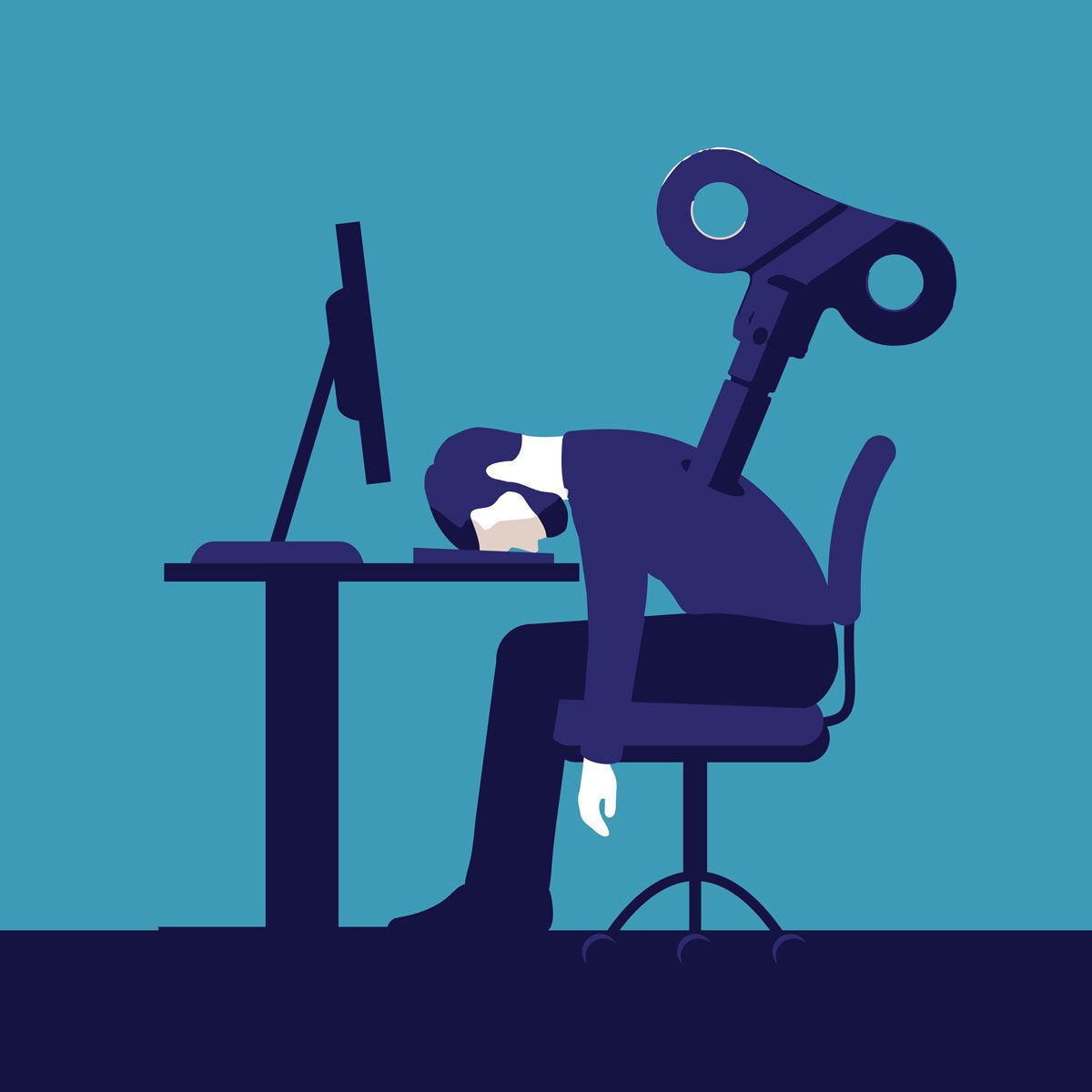Australia’s first federal Modern Slavery Act came into effect on 1 January 2019, in a move that has been hailed as a significant step to end forced labour and human trafficking. Law firms have started responding with changes to their teams to advise clients on the act’s implications.
Under the new law, companies with an annual revenue over $100m – and annual turnover of over $50m in New South Wales, where companies need to report under the NSW Act – now have to publicise annual statements outlining the steps they have taken to keep supply chains compliant. There are no financial penalties, however, the law, which also applies to public bodies, is not toothless. Statements will be stored in a public database, and scrutiny from investors and stakeholders as well as reputational risk will incentivise businesses to comply.
With the first statements being due in mid-2020, law firms have identified the urgent need for advice to protect clients’ brand, business, and reputation. Overall, law firms deploy a range of experts across the employment, corporate, regulatory and compliance, and disputes practices to tackle the topic but due to the recent nature of the law, and its wide-ranging implications, firms are still adjusting their individual approach.
At Norton Rose Fulbright, dispute resolution lawyer Abigail McGregor leads the firm’s business ethics anti-corruption group in Australia, and also sits on the human rights and business working group of the Law Council of Australia; DLA Piper’s Natalie Caton advises on corporate reputation and risk management issues, including bribery, corruption and modern slavery matters. Meanwhile, Sean Selleck at Baker McKenzie has a focus on supply chain transparency, labour law compliance, and modern slavery in supply chains.
Corrs Chambers Westgarth has recently appointed Dr Phoebe Wynn-Pope, previously director of international humanitarian law at the Australian Red Cross, as its new head of business and human rights, and an expansion of the existing board advisory offering; her advice covers both commercial and human rights impacts of clients’ operations.
Andrea de Palatis spoke to Dr Wynn-Pope about the different aspects of her new role.
Andrea de Palatis: What does your new role involve?
Dr Phoebe Wynn-Pope: The role is dynamic and has many aspects to it. The first is to work closely with clients to think about the human right impacts of their operations, and how best they can incorporate human rights considerations into policy and decision-making. When this is done well it can support strong, sustainable business, mitigate risk, build brand, and grow reputation.
Responding to the requirements of the Modern Slavery Act in Australia – and other offshore legislation impacting our Australian clients with global operations – is another part of my role. This is a relatively new area for many companies and we are helping our clients to first identify and map the risk areas, and then work through all the related issues.
The final aspect of my role is working across the firm to continue to build on our own human rights program.
ADP: Why has the firm identified a need for this role and why is it strategically important for a law firm?
PWP: Global trends, and a number of new developments in Australia, including the commencement of the Modern Slavery Act and the outcomes of the Financial Services Royal Commission, give rise to growing interest in and concern about the human rights impacts businesses have in their day to day operations. This means that businesses are having to consider the human rights impacts of the decisions they make.
At Corrs, our advice goes beyond legal compliance alone, to consider risks beyond the law – often this includes a need to be aware of and responsive to human rights risks. For example, if you are selling software to a client with a poor human rights record, do you have the confidence that your product will not be used to identify and suppress human rights defenders? If you are purchasing an asset that has all the appropriate licences and papers in place, do you have oversight on how it has been developed, who has been affected, whether they have been appropriately compensated for any loss?
Simply being unaware of issues further down the supply chain is no longer a reasonable defence, and proactively identifying and rectifying issues early can be critical to a company’s viability.
ADP: What kind of advice do clients need and are they even aware of a need for advice?
PWP: It is important that organisations understand the increased emphasis on the wider license to operate – everything from social to regulatory to investor attitudes are relevant. Clients fall across the spectrum of knowledge and awareness of human rights risk, but are increasingly considering the human rights impacts of their operations and are seeking guidance on how best to do this.
The UN Guiding Principles on Business and Human Rights, universally approved by the Human Rights Council in 2011, provide an effective framework and strong guidance on how business can, and should, incorporate human rights due diligence. We are helping clients work through what these principles mean for their day to day operations, and how they can leverage the reporting requirements of the Modern Slavery Act for better human rights due diligence.
ADP: How has Australia’s Modern Slavery Act, effective as of 1 January 2019, changed the way clients do business as well as your advice to them?
PWP: The Modern Slavery Act will have a huge impact not only for entities with a turnover of more than $100m who will be required to report under the act, but also for much smaller businesses. Reporting entities have to develop a clear understanding of their value chain and assess and identify risks of modern slavery across it. This is new for many Australia enterprises and in the first instance requires considerable investment.
But what will be interesting is the impact on smaller businesses who are not necessarily required to report under the act but whose customers require them to have visibility and assess and manage risks across their supply chain. This means that companies of all sizes need to think about their policies and procedures, and have much greater visibility across their supply chains in the future, and we are advising our clients accordingly.
ADP: Will your work also impact firm-wide decisions more generally?
PWP: Corrs has committed to the human rights, labour law, environmental, and anti-corruption principles of the UN Global Compact and we are looking closely at what that means for us as a firm. As we expand our human rights offering to clients we are also meeting our own responsibilities, and strengthening our contribution to the sustainable development goals (SDGs) as a responsible business. This is an ongoing process and we will continue to develop our programme based on our learnings.
ADP: Why should other firms in Australia follow Corrs example?
PWP: Globally, human rights are having an increasing impact on business outcomes. This impact can be in terms of reputation, investor engagement, shareholder value, and in relation to litigation.
If we consider that in 2016, 32% of investors said they would withdraw investment if they perceived human rights risks, and combine this with the growing focus of investors on strong environmental, social, and governance reporting, human rights considerations will be a prominent feature of sustainable businesses in the future.
If law firms are not able to incorporate human rights considerations into their advice to clients, beyond the limited supply chain due diligence required in the Modern Slavery Act, they may fail to address very real risks to the business model of the future.









